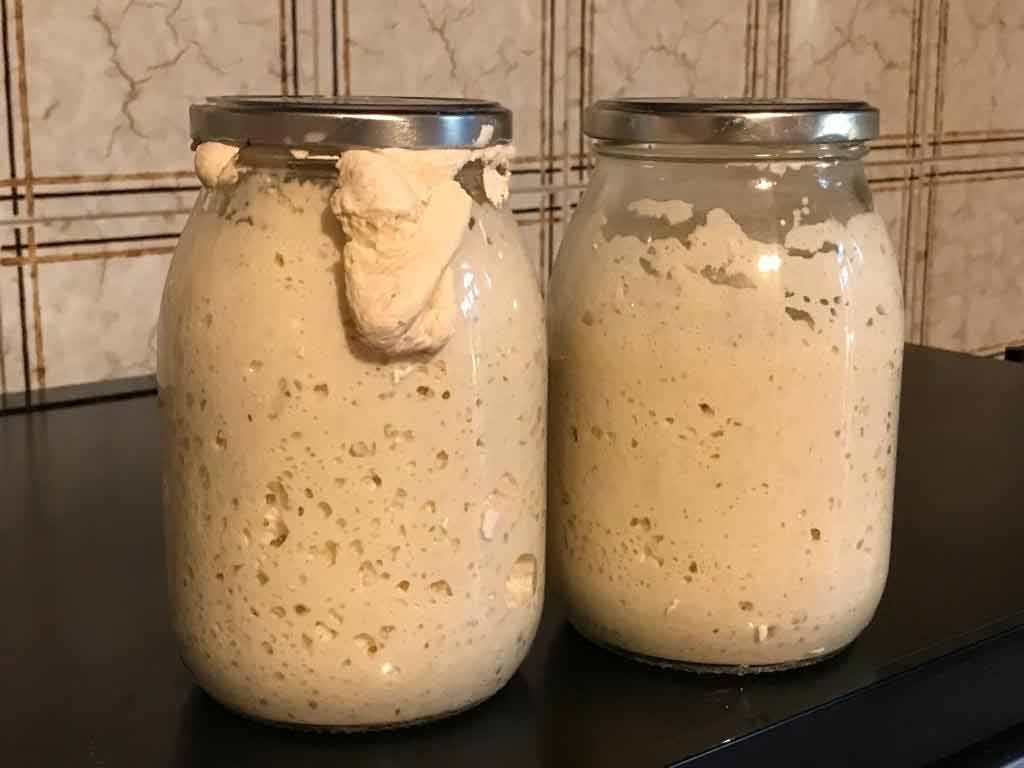
When I arrived at Acarbio, another volunteer was taking care of a sourdough. Since I knew him and didn’t have a project just for myself back then, I started discovering sourdough on my second day. This sourdough, 50 years old, has witnessed the hands of many young people, and luckily, I became one of them. I became the guardian of the sourdough, learning how to feed it and make bread with guidance from my superiors. I also experimented with various recipes on my own.
Even today, I don’t possess extensive scientific knowledge about the bacteria that make sourdough what it is. However, I have a profound love for it and hope to study it in the future.
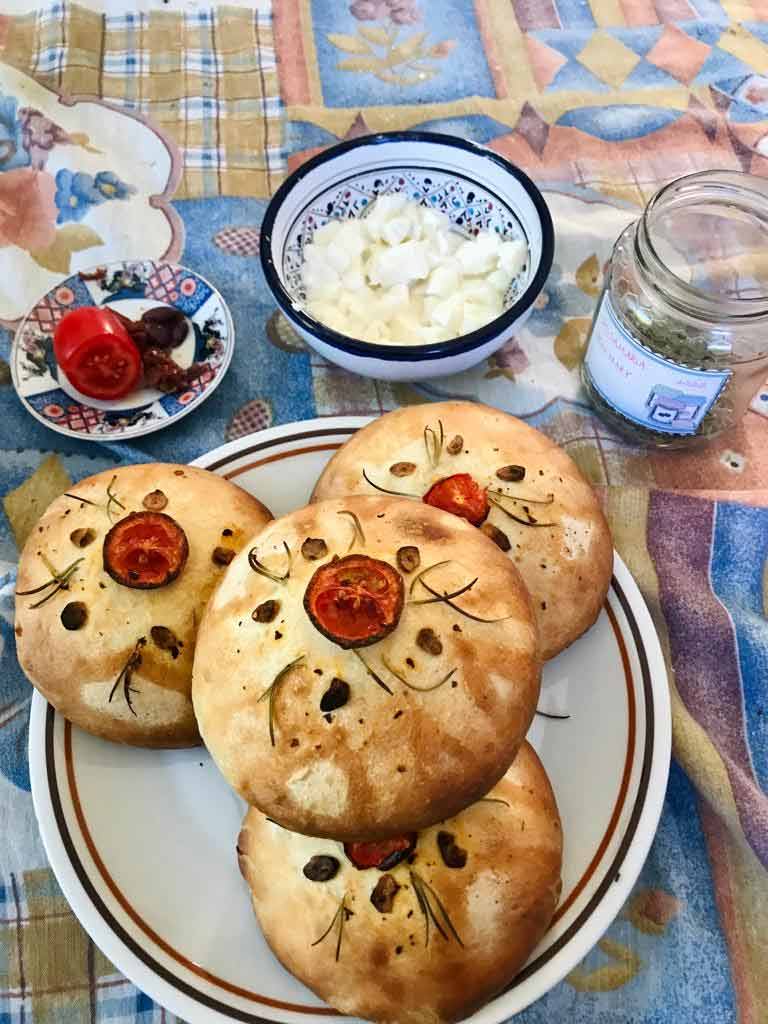
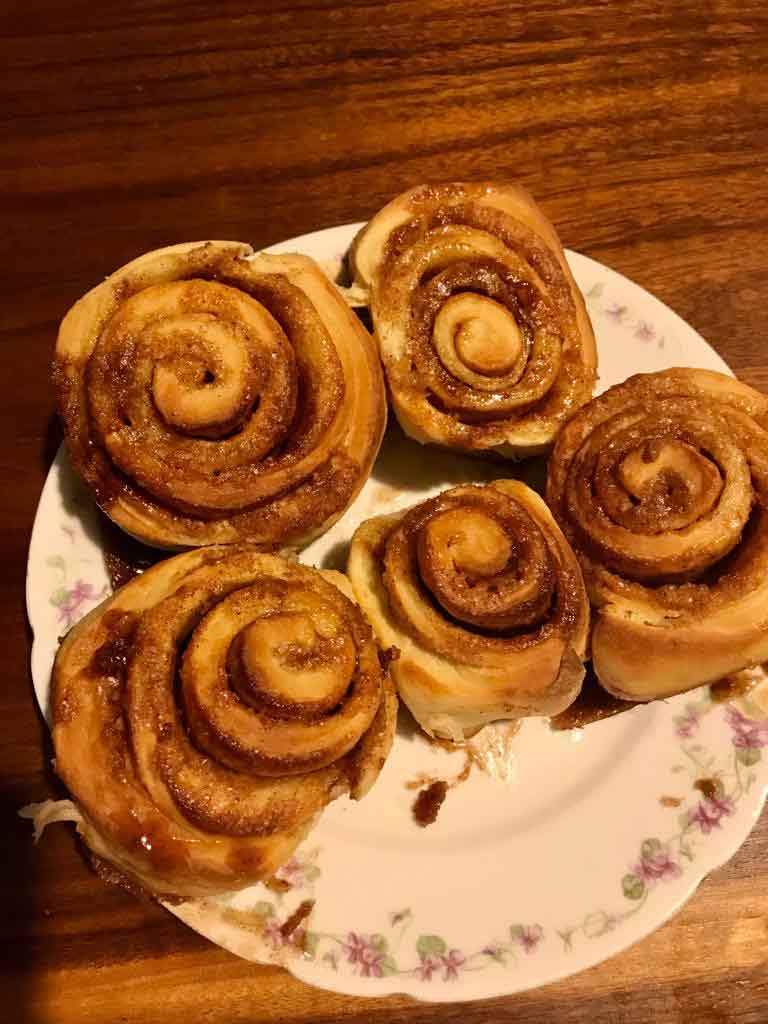
What I was doing was feeding the sourdough to ensure that the bacteria stayed alive and facilitated the leavening process of the bread. I began with regular breads and later experimented with different kinds and pastries. Initially, most of it was intended for the people living with me because I was hesitant to bring them into the association. I spent hours during autumn afternoons with my hands in the dough, and I enjoyed every moment. The notable distinction when baking with sourdough is that the process is quite lengthy.
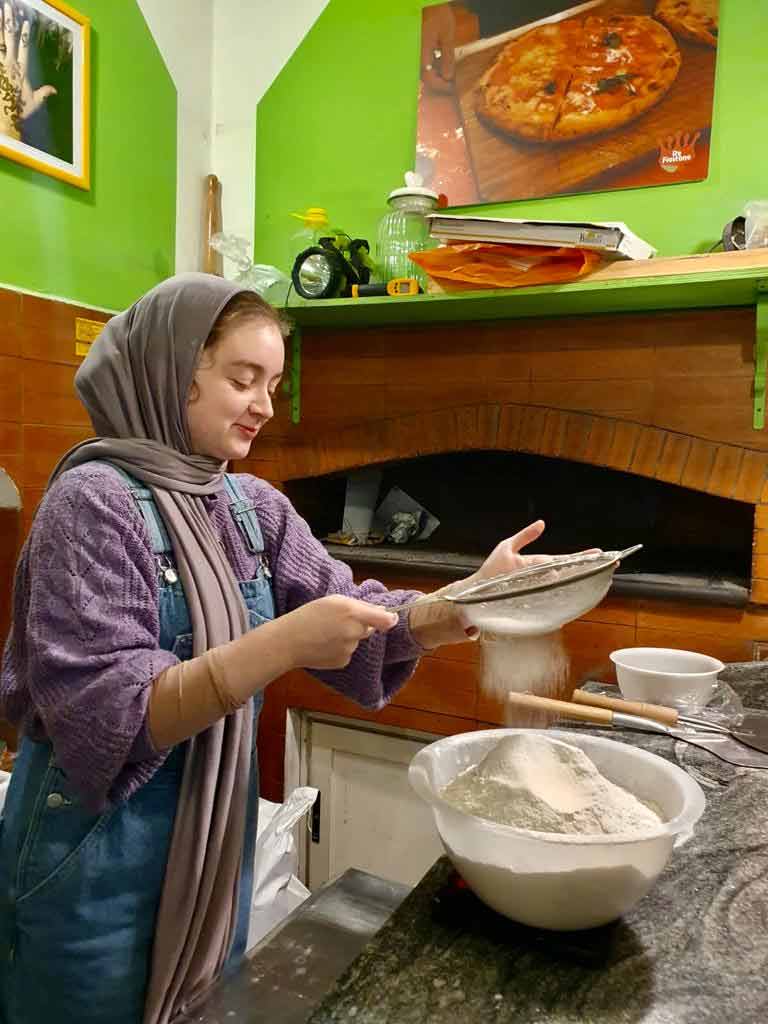
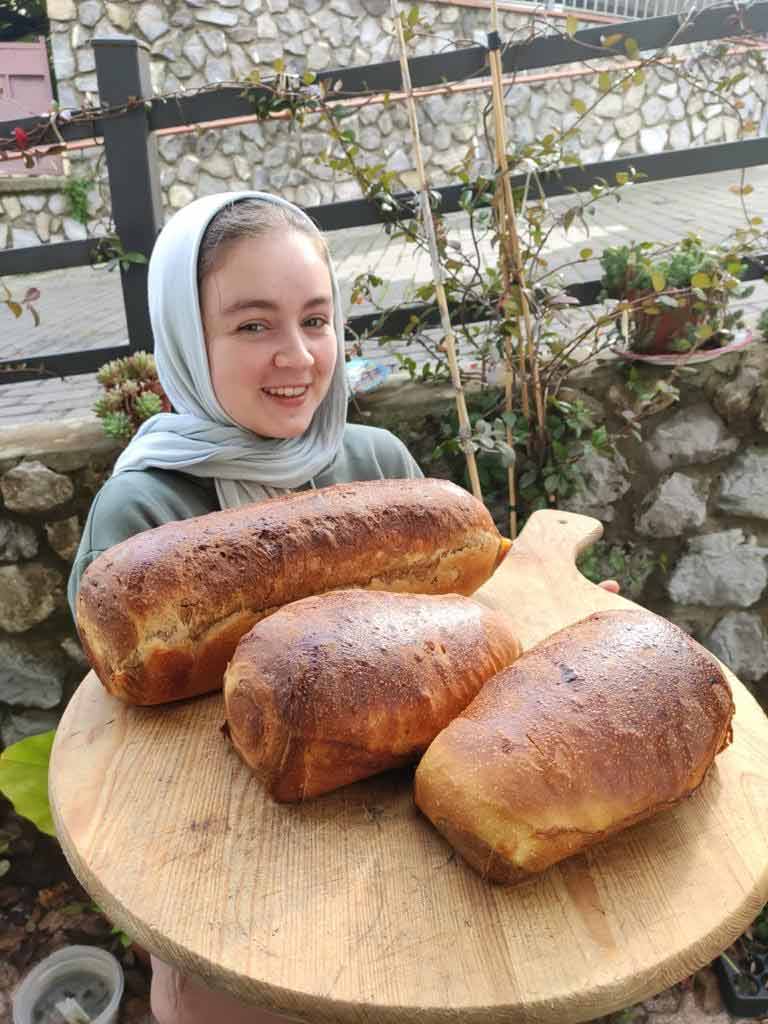
But the taste is different, and somehow you feel more connected to the food. Like the rest of Acarbio, I felt closer to nature and the way we used to eat in the past. We have a garden 50 meters from the kitchen, sourdough to make bread, and hands to try and do everything by ourselves. People in the village make their own sausages, wine, and preserves, and suddenly, eating food from the supermarket feels illegal. Having sourdough as a project was not only about the bread but about realizing that we can do a lot by ourselves and that we don’t really know anymore. I want to know now and never forget my abilities. I have hands, a brain, and a heart, and it is largely enough to start and do it myself. So, this is one of the good lessons that you learn in Acarbio.
Written by Laura Clement
